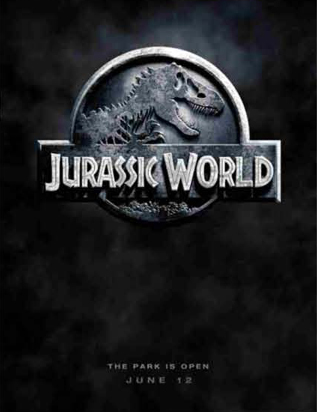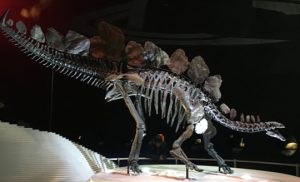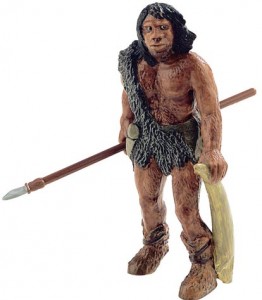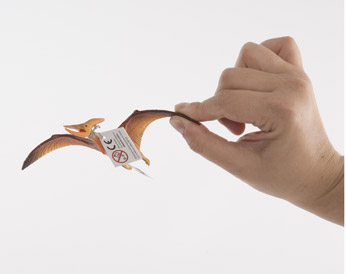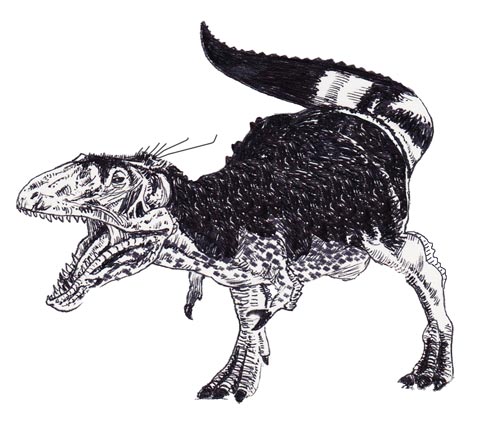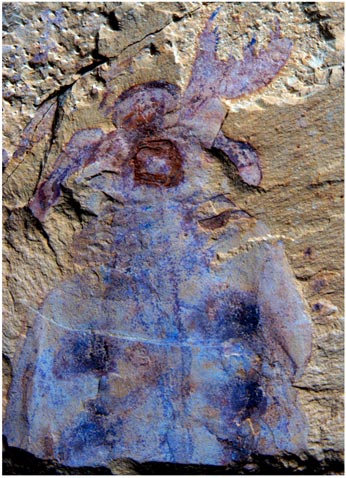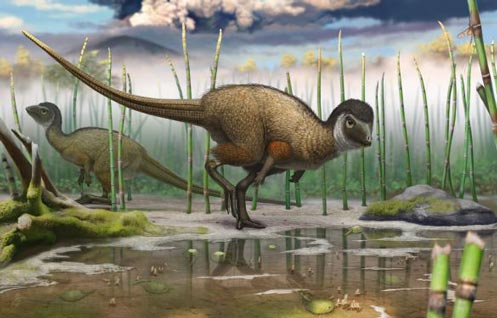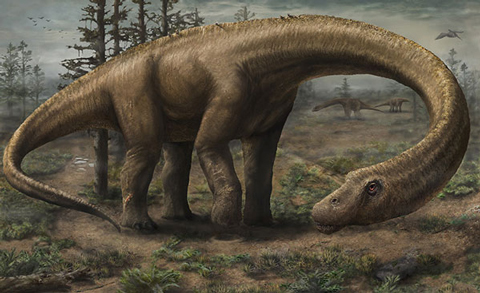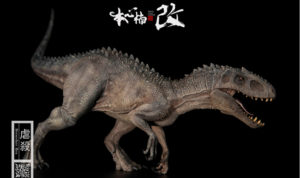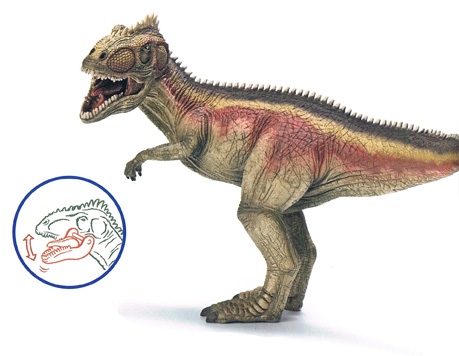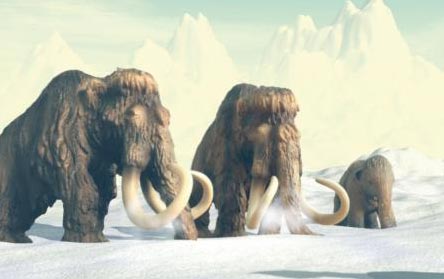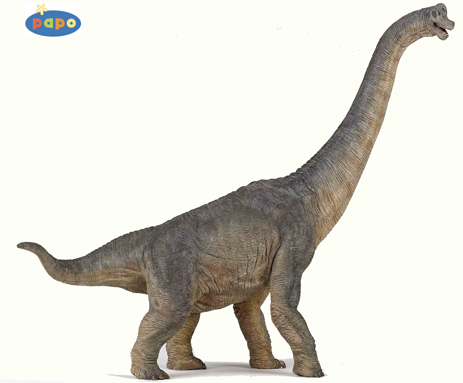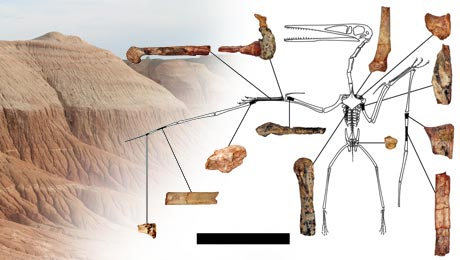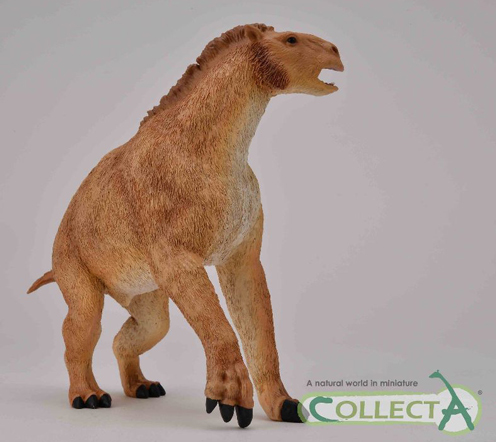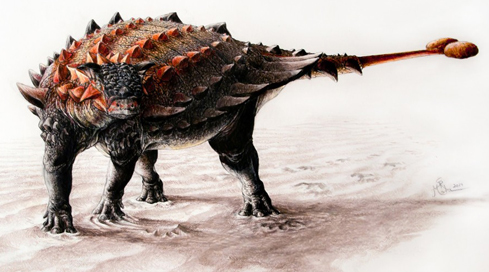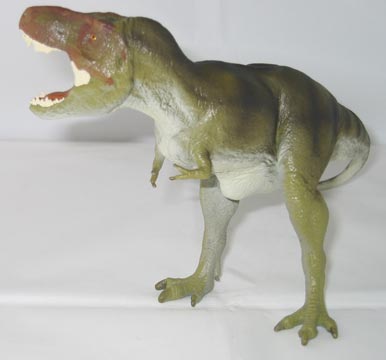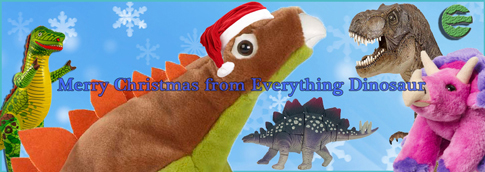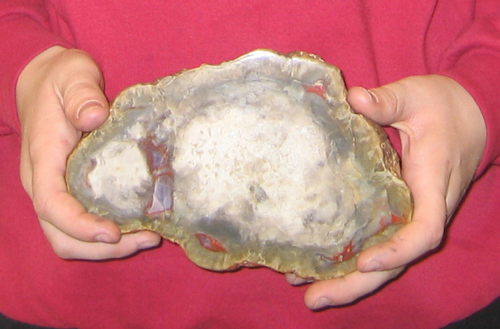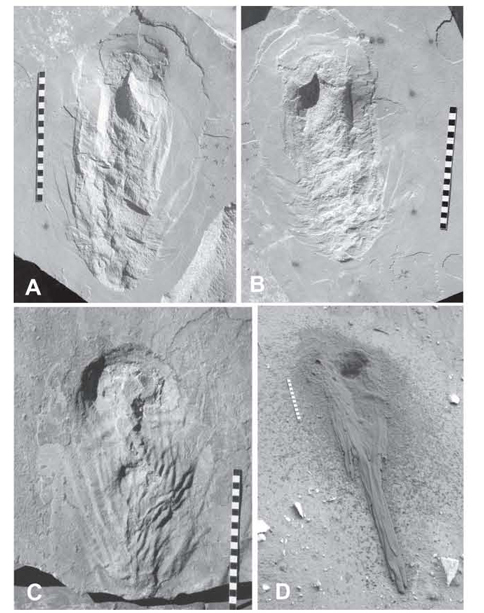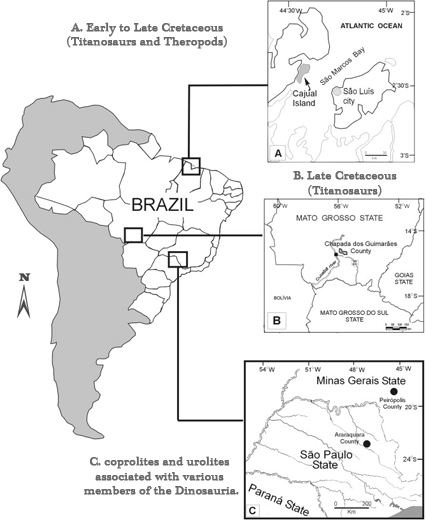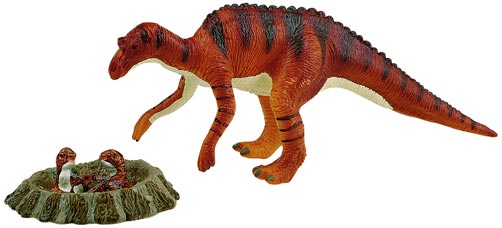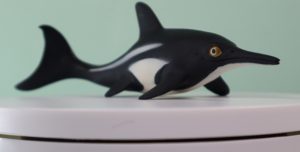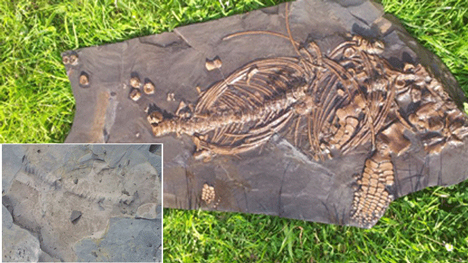Palaeontology and Fossil Predictions for 2015
Everything Dinosaur Attempts to Forecast Future Events
It’s that time of year, when just for a little bit of fun, team members at Everything Dinosaur try to predict some of the stories and articles that will feature in this web log over the next twelve months. What will the top dinosaur and prehistoric animal themed news stories be in 2015?
We could cheat a bit and discuss the introduction of a new model of a “swimming Spinosaurus” or indeed confidently claim that a team of Utah-based researchers will reveal news about a predator trap discovery which sheds new light on Utahraptor. However, we won’t, as these stories are already scheduled to feature in our blog over the next few days or so.
Palaeontology and Fossil Predictions
So without further a do, let’s look at the predictions that we have come up with:
1). It’s a “Jurassic World”
Due to premier on June 12th and with another “teaser” trailer scheduled to be broadcast as part of this year’s Super Bowl coverage, we at Everything Dinosaur start our predictions with a no-brainer. “Jurassic World”, the fourth instalment in the “Jurassic Park” franchise is going to be huge. It might not be the top film of 2015, after all, there is going to be stiff competition from the likes of Arnold Schwarzenegger “Terminator Genisys”, a new Star Wars movie “The Force Awakens” and another Avengers film to look forward to, but it is going to be right up there and it will introduce dinosaurs to a whole new generation of young fans.
“Jurassic World” a Guaranteed Roaring Success for 2015
Picture credit: Universal Studios
We have already recorded some impact from the film already. Every year, Everything Dinosaur team members calculate an index of the top ten most popular prehistoric animals. In 2014, new in at number nine came Diabolus rex the big dinosaur, “bad-girl” of the film. To see part of the article we wrote on the popular prehistoric animals of 2014: Everything Dinosaur’s Top Ten List of Prehistoric Animals (Part 1).
Who knows, one of our predictions for the future is that one day, a dinosaur genus will be erected called Diabolus!
2). Metallome Research Provides Fresh Fossil Insights
Lots of people may have heard of the term genome and we do expect to write more articles related to developments in genetics and the genomes of long extinct organisms, but the metallome is still a relatively unknown term. A metallome refers to the presence of metals in relation to organic material, biometals if you like, present in cells and other organic structures. Sophisticated analytics is permitting palaeontologists to detect the minute traces of elemental metals that are associated with organic processes. They can “filter out” biometals preserved as fossils from the background of elements within the surrounding rocky matrix.
From an analysis of these “prehistoric elemental fingerprints”, palaeontologists will be able to learn more about the biological processes associated with extinct organisms. Mapping the metallome of Archaeopteryx lithographica perhaps? This branch of science is still in its nascent form, it has been around for about ten years or so, but it is developing all the time and we predict that we shall be featuring a story about metallome plotting and mapping over the next twelve months.
3). Stegosaurus into the Limelight
Now that “Sophie”, the 5.6 metre long specimen of Stegosaurus stenops has been safely installed at the Natural History Museum in London, we predict that a new paper will be published this year providing a fresh perspective on this iconic dinosaur. Even though, Stegosaurus featured in our top five most popular prehistoric animals of 2014, very little research on the Stegosauridae, even those famous Morrison Formation examples, has been published in the last one hundred years. We expect 2015 to change all this and we predict that fresh insights into the Stegosaurs and that tiny brain of theirs will be made.
Stegosaurus to Take Centre Stage in 2015
Picture credit: Everything Dinosaur
To read the article on the top five prehistoric animals of 2014: Top Five Most Popular Prehistoric Animals (Everything Dinosaur’s survey).
4). “Good Day” to Aussie Dinosaurs
Things have been a little quiet “down under” over the last couple of years or so, but we expect all that to change in 2015 with Everything Dinosaur covering a news story about further dinosaur fossil finds in Australia. Perhaps, more research will be published on the multitude of dinosaur tracks found along parts of the coast of Western Australia, or maybe will be hearing about a new body fossil find near Winton (Queensland). However, 2015 we predict is going to be an important year for dinosaur fossil discoveries in Australia. This may prove to be some consolation to Australians in 2015 as we also predict that England will win back “The Ashes” – some hope!
5). More Insights into Human Evolution – Oldest Hominid Genome Sequenced to Date
We know that scientists are working on this and we think this year, the oldest hominid genome so far, will be sequenced. In the past, Everything Dinosaur team members have reported on the research into the ancient hominid discoveries found at the Simo de Los Huesos (the “pit of bones”) in the Atapuerca Mountains of northern Spain. Back in 2013, we reported on the research into the mitochrondial DNA, passed down the maternal line. The study threw up a surprise as links to the Denisovan hominids from eastern Europe were found. Was this evidence of interbreeding between ancient Neanderthals and other species of hominid, or the ancestors of the Neanderthal lineage?
Everything Dinosaur predicts that much more complete details related to the nuclear DNA of the Spanish cave remains will be published. A 400,000 year old mystery about hominid populations and interbreeding will begin to unfold. We note that a number of science sites have made a similar prediction, they must also be following the research of educational bodies such as the Max Planck Institute for Evolutionary Anthropology.
What did our Ancestors Get up To?
Picture credit: Everything Dinosaur
6). A New Chinese Pterosaur
We expect the number of genera of pterosaurs described to increase once again this year, with a number of pterosaur fossil stories being published on the Everything Dinosaur web log. One prediction is that a new genus of pterosaur from Chinese Cretaceous strata will be erected and the fossil specimen, most likely the designated holotype material, will provide palaeontologists with a fresh insight into pterosaur anatomy and/or behaviour. Perhaps, the new Chinese flying reptile will provide a new insight into the diet of dsungaripteroids, or maybe a fossil assigned to the Ornithocheiridae will help to unravel the mystery of how these reptiles nested.
Time for a Chinese Pterosaur Discovery
Picture credit: Everything Dinosaur
7). Everything Dinosaur social media – Targets and more Targets
Targets and even more targets are going to be set for Everything Dinosaur and the company’s social media output. Platforms such as Facebook, Twitter and Pinterest are a great way for a small business such as ourselves to reach out and communicate with fellow fossil collectors and fans of prehistoric animals. We expect “Tyrannosaurus Sue” to be setting more targets in 2015 when it comes to our work on social media platforms. Will our Facebook page get to 2,000 likes this year?
8). Malaysia Firmly on the Dinosaur Map
They may turn out to be extremely fragmentary, perhaps there will be almost as much tooth fossil as bone found, but we predict that further dinosaur discoveries will be made in Malaysia in 2015. We have already written articles featuring dinosaur discoveries from Malaysia and we expect, as more construction work takes place, further dinosaur fossils, most likely dating from the Early Cretaceous, will be found.
To read an earlier article about a Malaysian dinosaur fossil discovery: Getting Our Teeth into Malaysia’s Dinosaurs.
9). New species of Horned North American dinosaur Announced
With Everything Dinosaur about to publish an article about a nine tonne stone block that may contain the remains of several Utahraptors, we switch to the Ornithischia for our next prediction. We believe that the spate of new Ceratopsidae discoveries will continue and that a new genus of North American horned dinosaur will be named and described this year. Perhaps, instead of a giant centrosaurine or chasmosaurine, scientists may uncover more evidence of much smaller species living alongside and amongst their giant relatives. How about another fast running, facultative biped, a little “ceratopsian critter” for 2015.
10). Fossil Finding is Child’s Play
Our final prediction and remember this is only a bit of fun, is that somewhere in the United Kingdom in the next twelve months, a young person will make an important fossil discovery. Perhaps a young girl out on a family walk will come across the bones of an Ice Age mammal, or maybe a boy taking his dog for a rum along a beach might spot a fossil of a marine reptile. As with all our predictions, we shall have to wait and see.
This time next year, 2016, now that does feel like the future, we will review our predictions and see how we got on.
In the meantime, take a look at the range of dinosaur and prehistoric animal models available from Everything Dinosaur: Dinosaur and Prehistoric Animal Models.


